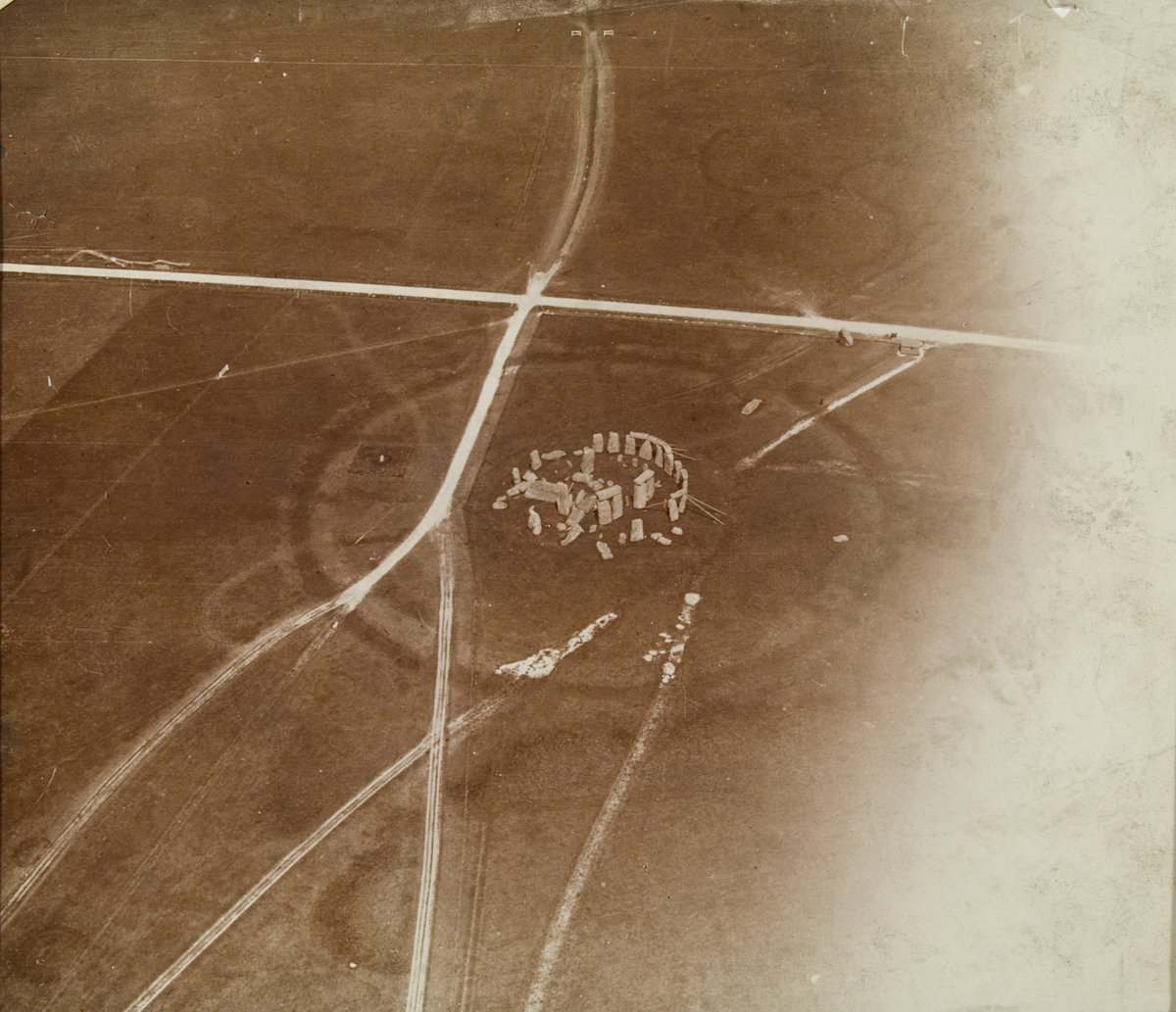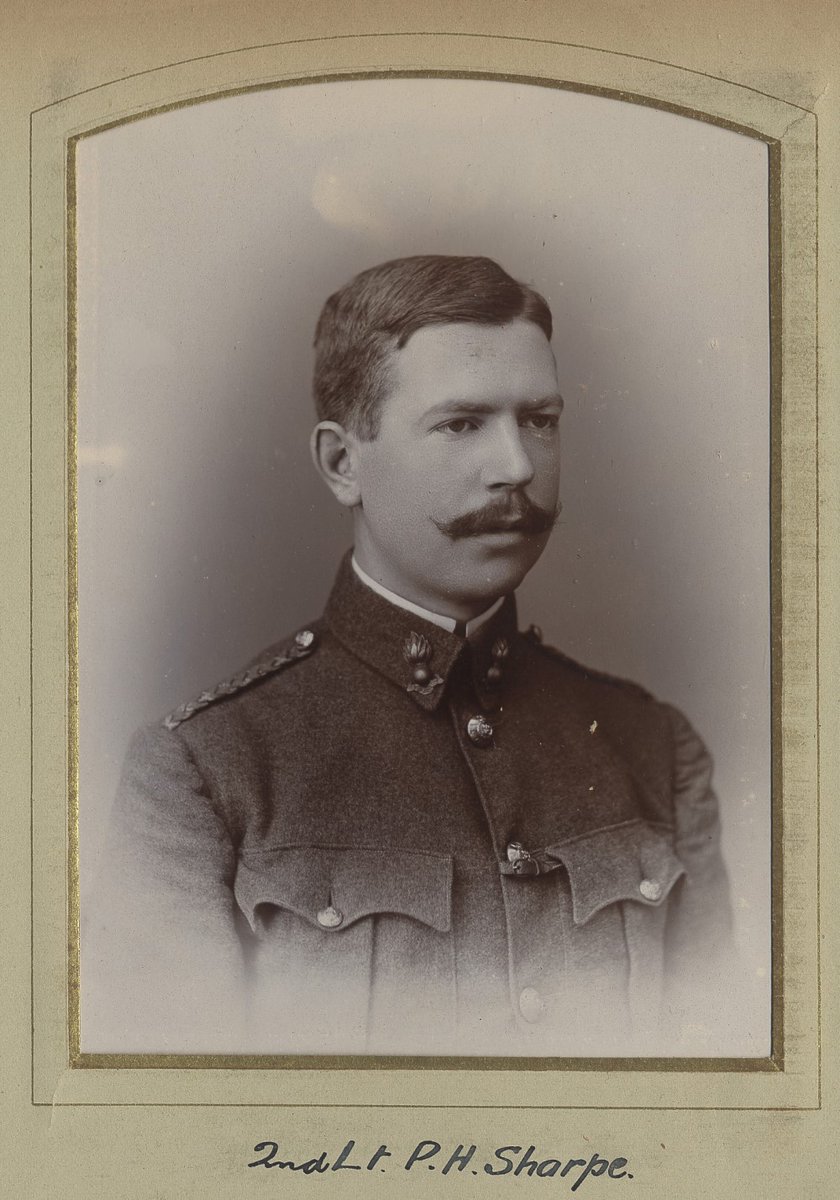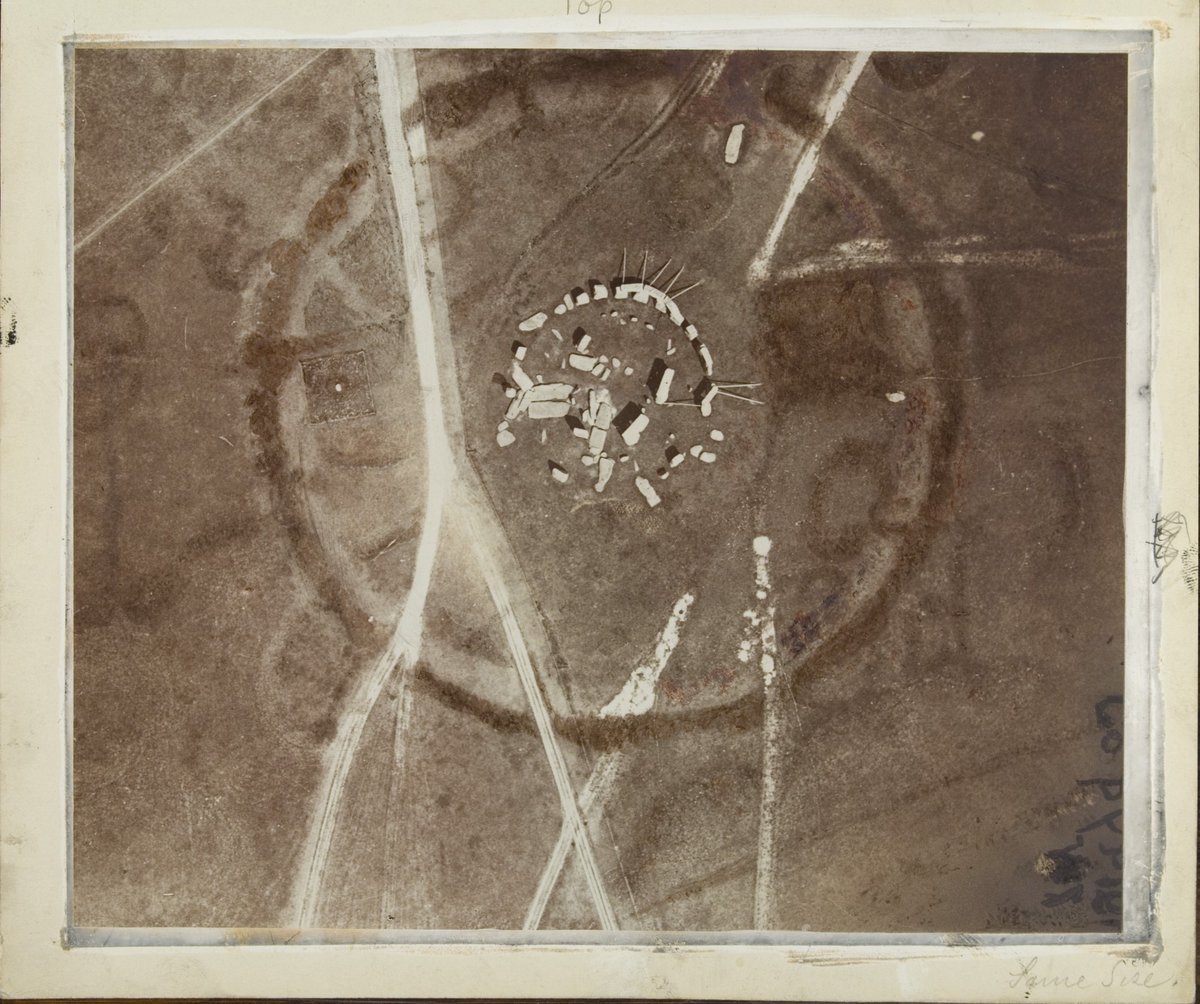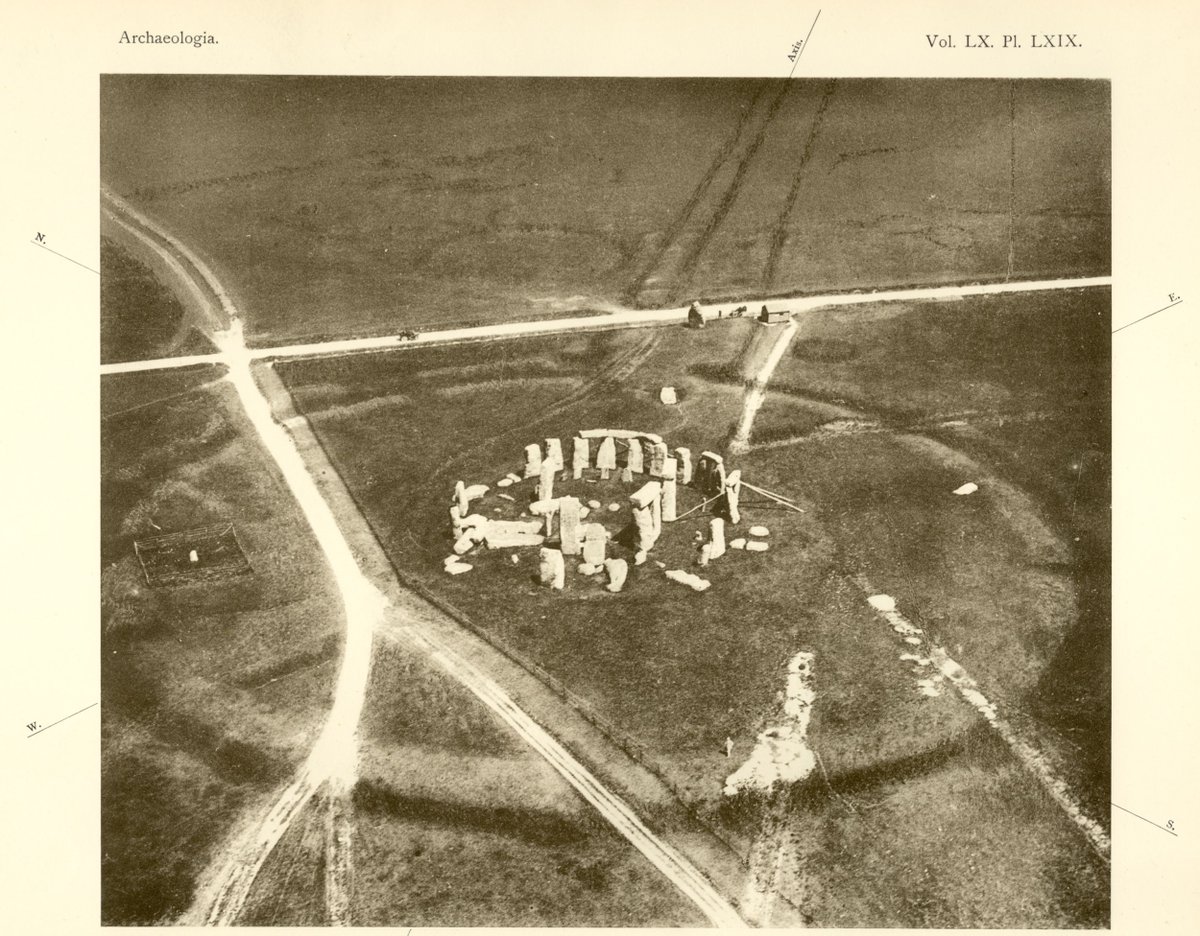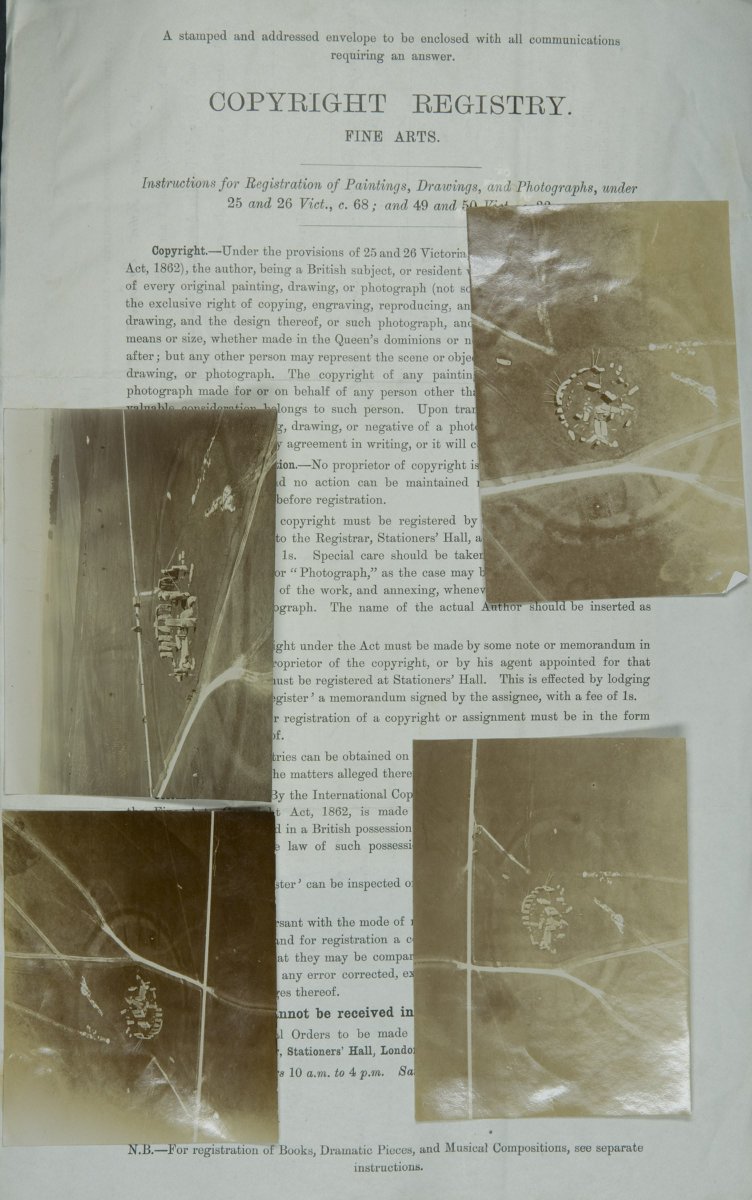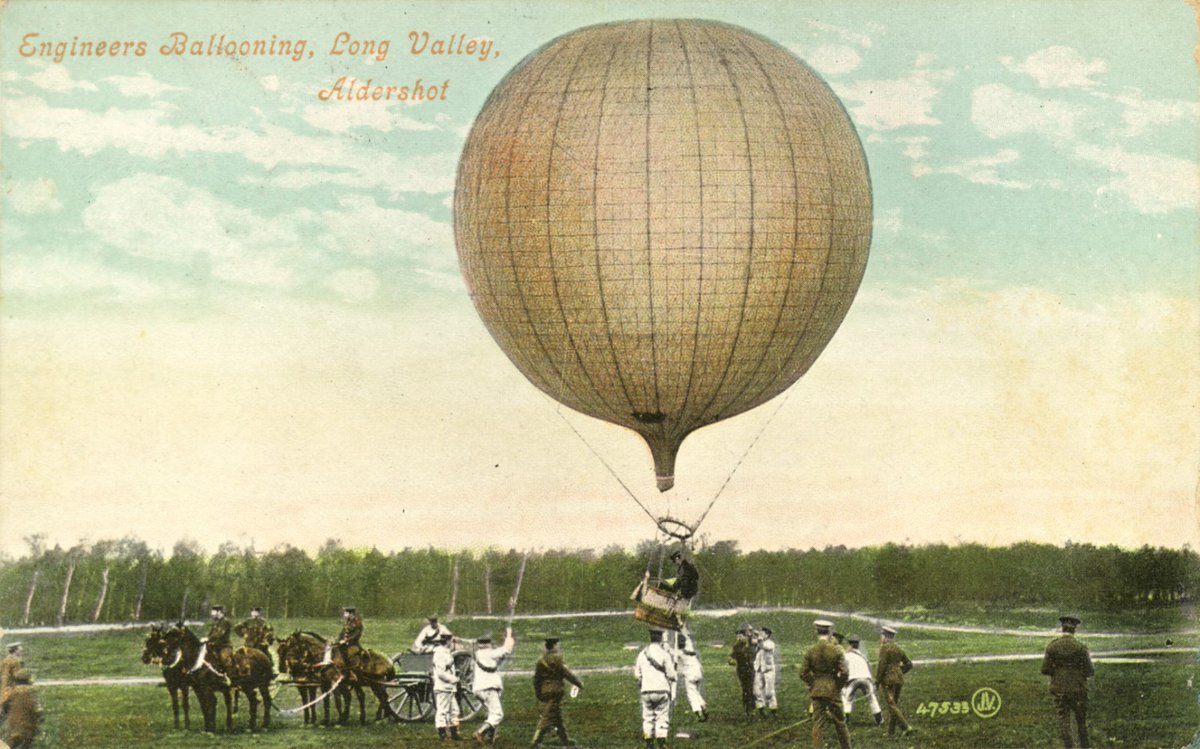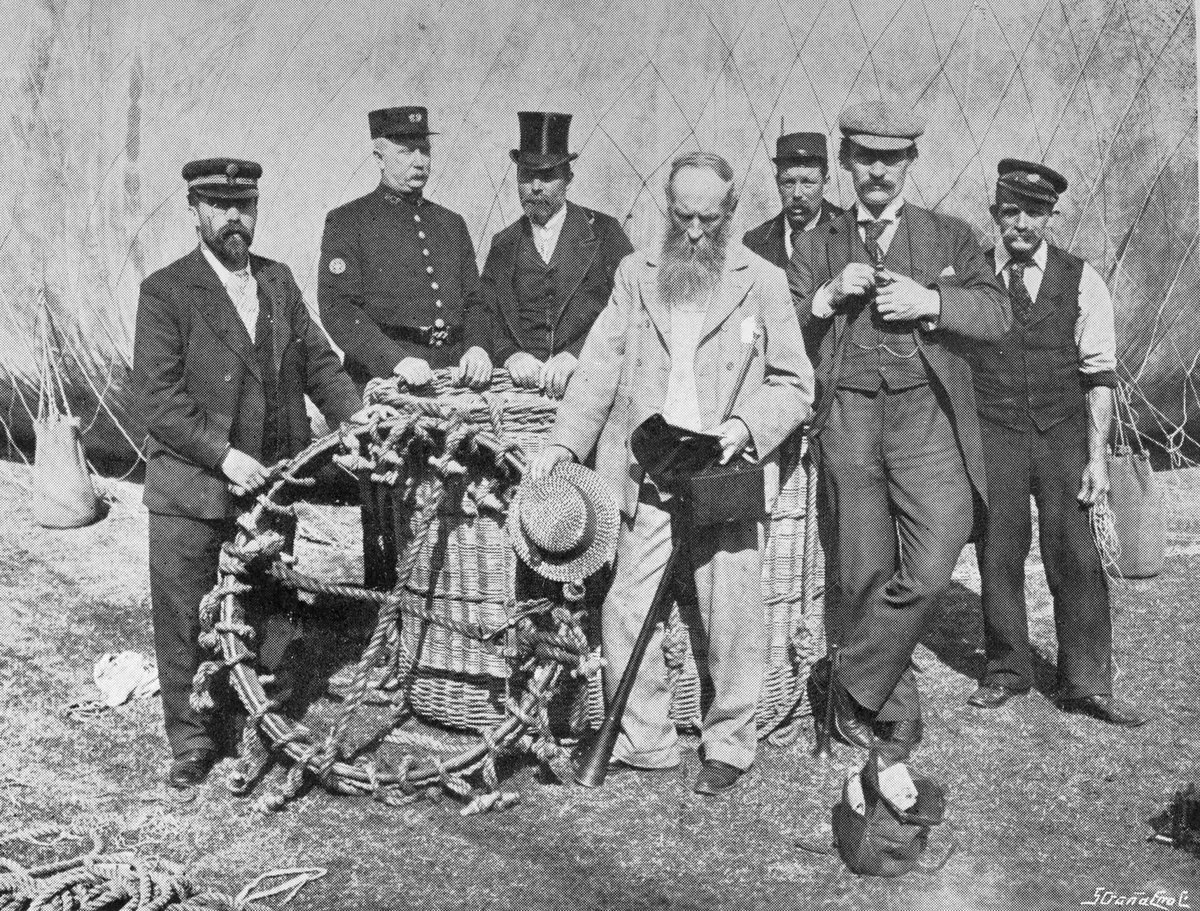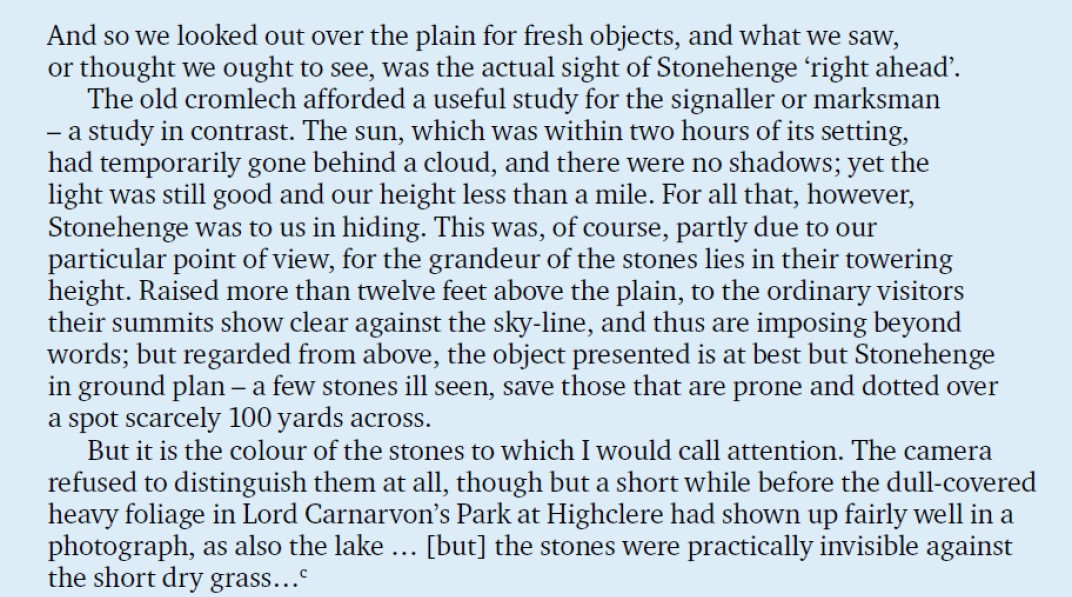(1/14) One of the aerial photos of Stonehenge in 1906 ("the first", apparently) is doing the rounds again on Twitter. I was happy to ignore it but retweets keep popping up... SO - if anyone& #39;s interested...
The photo concerned (the one below) is one of five known to
The photo concerned (the one below) is one of five known to
(2/14) have been taken in the summer of 1906. Looking at all 5 it& #39;s unlikely to have been the very first, but so what. All were taken by 2nd Lt Philip Henry Sharpe of the Royal Engineers from one of their military reconnaissance balloons (Photo: Royal Engineers Library).
(3/14) Sharpe& #39;s photos were exhibited in London at the Society of Antiquaries on 6 December 1906 by Sharpe& #39;s commanding officer, Col JE Capper. The following year two of them - the ones below - were published in the Society& #39;s journal & #39;Archaeologia& #39;.
(4/14) Note that the photo tweeted today wasn& #39;t one of them. That was found in the Society of Antiquaries& #39; collections by then-librarian Bernard Nurse about 15 years ago when I was researching these photos, and was first published (by me in & #39;British Archaeology& #39;) in 2006.
(5/14) We know there were 5 in all because Capper filled in a copyright declaration form for them - it& #39;s at the National Archives, Kew with copies of all 5 attached - the 5th is on the back of the form ( http://discovery.nationalarchives.gov.uk/details/r/C9667630).">https://discovery.nationalarchives.gov.uk/details/r... This came to light about 10 years ago.
(6/14) When were they taken? The copyright form is dated 31 July 1906. On 18 June 1906 Capper ordered new darkroom and photographic equipment for the RE Balloon Section, so they were probably taken between those two dates. How were they taken? Well, not from a balloon drifting
(7/14) across Salisbury Plain, but from a balloon tethered close to Stonehenge. Military balloon flights were mostly tethered - balloons lose their reconnaissance value when you let them go. This 1906 postcard gives an idea of what would have been happening on the ground.
(8/14) Why were they taken? Well, tethering the balloon next to Stonehenge suggests that photographing the stones was the intention. A suitable subject, on an otherwise fairly featureless Salisbury Plain, for showing off the potential of the new camera equipment for military
(9/14) reconnaissance? There& #39;s no surviving document entitled "Why we photographed Stonehenge", but that seems a plausible explanation. But - was this really the first time Stonehenge was photographed from the air? Well - possibly. Maybe even probably...
(10/14) Royal Engineers& #39; balloonists had been participating in exercises on the Plain for a number of years, but if any of them took a photo of Stonehenge, no mention of it has yet come to light. However, there is one known civilian attempt...
(11/14) In the summer of 1900, frequent flyer Rev John Mackenzie Bacon (seen below on another occasion, holding his hat and camera) flew in a free balloon across Salisbury Plain for reasons too complicated to go into here. While flying over Stonehenge he decided to attempt a
(12/14) photograph but, as the quote below shows, he wasn& #39;t happy. But was it the view through the camera, or an actual photograph, that he wasn& #39;t happy with? It& #39;s a little ambiguous but I suspect the former.
(13/14) So as this is Twitter, this has been light on detail and context, but if you really need to know more, then you need to find this out-of-print (and unlikely to be reprinted) book from 2011. And finally, a few important points to note about those 1906 photos:
(14/14) 1: They did not mark the start of aerial archaeology in Britain - that happened 17 years later; and 2: They did not reveal anything new or previously unknown about Stonehenge. Also - it wasn& #39;t a hot-air balloon. It was a giant bag of hydrogen. #NoSmoking

 Read on Twitter
Read on Twitter